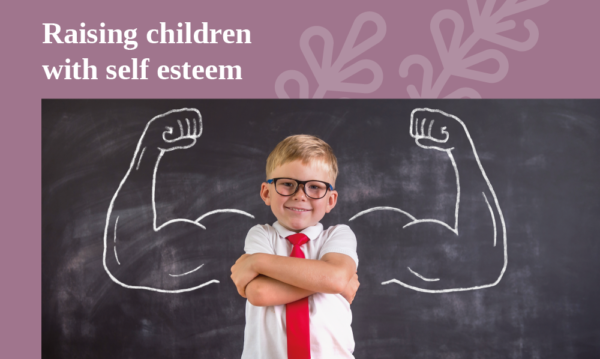It is essential to accept our uniqueness to have confidence in our abilities and faith in our value. Since we are unique, we are at the same time different but also the same as all other people in many places. When we manage to accept that we are unique human beings, we can stop comparing ourselves to everyone else and stop condemning and punishing him.
Therefore, parents must help the child discover what he is and what his skills are. Parents need to accept that each child will have similarities and differences with each parent and with all other human beings. Thus, parents will discover, explore, and seek instead of condemning, criticizing, and placing in molds.
An exercise that can be performed from time to time in a family context to identify the changes that are occurring is as follows:
The purpose of the exercise is to get to know yourself again, get to know the other members of your family, and notice any changes and the maturation of your relatives to date. Define a day in which the theme will be: “What new has happened to me lately?” All family members are allowed to participate, not just children. It is crucial to maintain an unconditional atmosphere of love and acceptance and an attitude without criticism. New things that happen can include physical development (“I’ve scored 5 points”), new feats (“I learned to tie my shoelaces”), new opinions, further questions, or new jokes. You will probably discover that these moments can be delightful.
This process will give new impetus to everyone’s self-esteem. It is important to remember that children learn to appreciate themselves from the conversations they hear, the facial expressions of the grown-ups, the muscular tone of the hug that has them, the eye contact that parents maintain, the way they respond to their cries.
All incidents, actions, voices, etc., that occur around children are recorded within them and are of particular importance for shaping their personality. Therefore, it is suitable for parents to tell infants what is going on, clearly stating the context and the people who took part. If, for example, there was a fight between the couple, you can each approach the child individually and explain to him what happened. That is especially important if the child’s name was mentioned during the fight.
An incident doesn’t have to be negative to confuse the child. They can also be positive: “Mom has found a new job.” or “Today we’re going on a car trip.” Incidents provoke emotional reactions ∙ they color the emotional context. Talk about it to your children, even infants. Young children cannot distinguish the context from the fact and the fact from themselves; that’s why we have to help them. The purpose is to explain to the child the reasons and causes (where possible) of the incident so that the child can truly understand the situation and not attribute any turmoil/noise to his fault with negative effects on the development and maintenance of self-esteem.
Another way to help your child develop his self-esteem is to talk to him by looking it in the eyes, saying his name, grasping him tenderly, and pronounced “me” and “you.” It is essential to be entirely focused so that the child entirely feels your presence. Don’t think about anything else or bother with other things at the same time. In this way, you will gain full contact with the child and transmit your love to him successfully.
When we emphasize to the child his specificity and his similarity, we also teach him, in another way, self-esteem. Present its peculiarities as if it were a new discovery and not within the context of competition or comparison.
Another way to teach a child self-esteem is to offer him many opportunities to pique his interest and then patiently guide him until he acquires the ability to do what he does.
Also, as parents, you can teach self-esteem in the way you enforce discipline. When you realize the need to strengthen the child’s self-respect, your efforts will give courage and strength to change behavior without giving up being stable and realistic. When we treat the child with great appreciation, the child will respond to guidance. By supporting self-esteem, you help the child make creative corrections and accept the consequences of their activities.
Parents are invited to be teachers, role models for self-esteem. But we can’t teach something we don’t know. For the development of self-respect, it takes time, patience, and strength to accept risk. Investing in such efforts means the ability to release vast and untapped resources by developing self-awareness.
References:
Satir, V. (1988). People making. Mountain View, California


